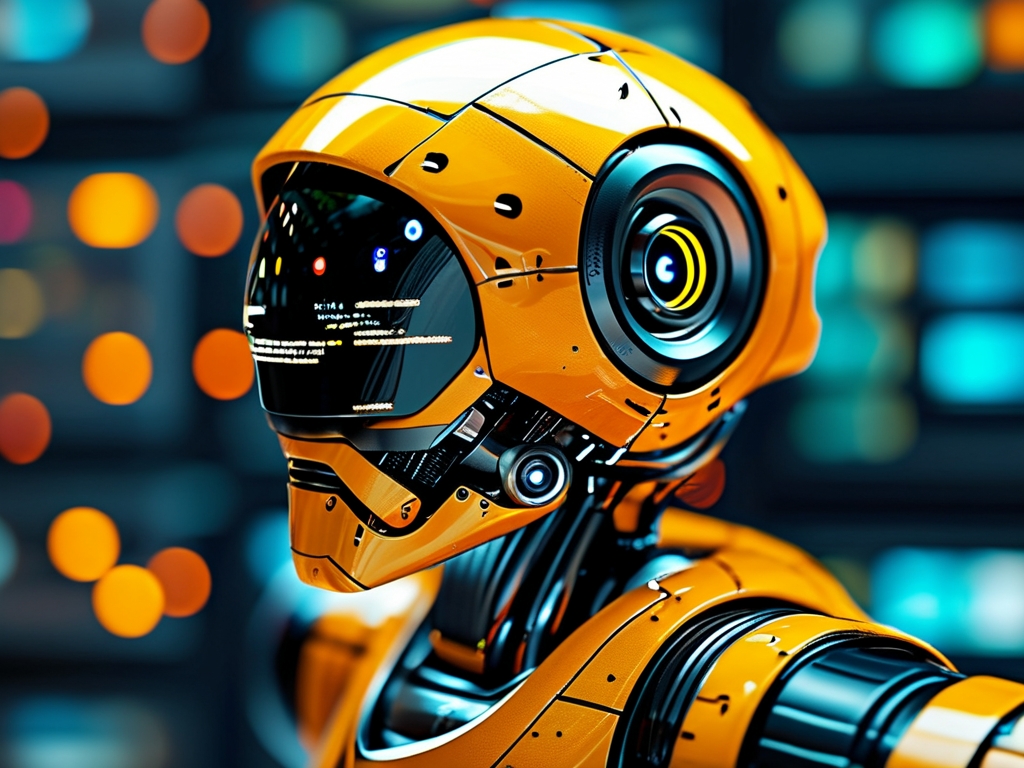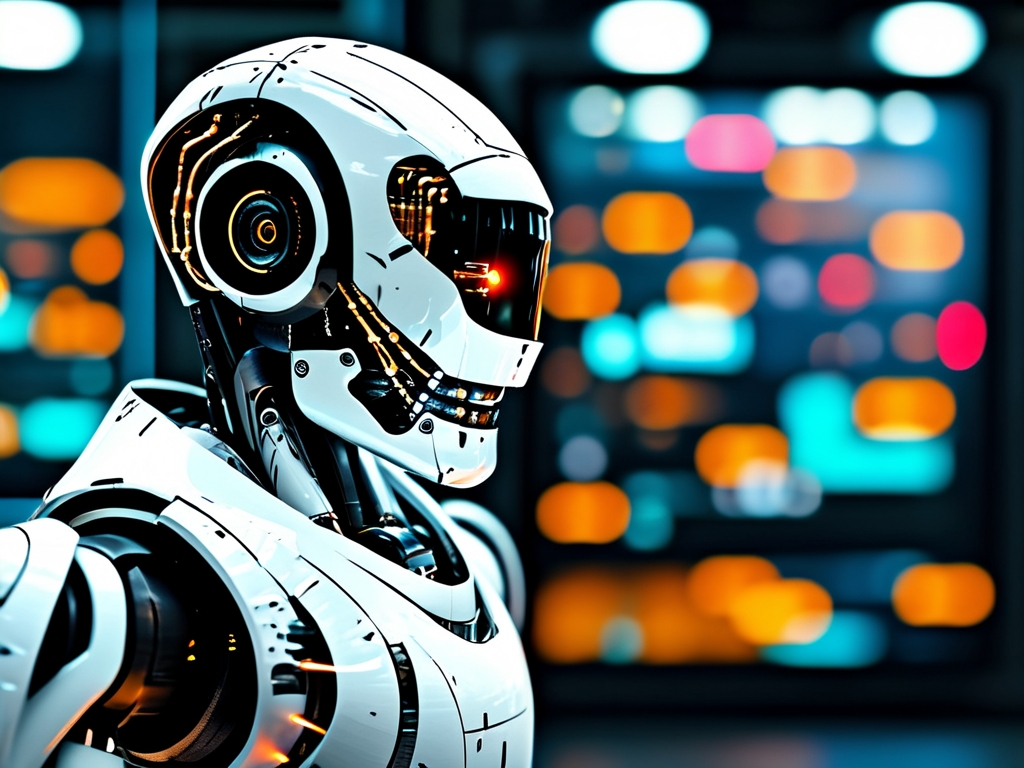The rapid advancement of robotic chip technology has become a cornerstone of modern automation, enabling machines to perform increasingly complex tasks with precision and efficiency. From industrial assembly lines to AI-powered service robots, the evolution of specialized processors is reshaping industries and redefining human-machine collaboration. This article explores the trajectory of robotic chip development, its current breakthroughs, and the transformative potential it holds for the future.
1. Historical Milestones in Robotic Chip Development
The journey began in the 1970s with basic microcontrollers that powered early robotic arms in manufacturing. These chips operated on simple logic circuits, limited to repetitive tasks like welding or painting. The 1990s saw the rise of application-specific integrated circuits (ASICs), designed to optimize performance for niche functions such as motor control or sensor data processing.
A paradigm shift occurred in the 2010s with the integration of artificial intelligence (AI). Traditional CPUs struggled to handle machine learning algorithms, prompting the development of graphics processing units (GPUs) and tensor processing units (TPUs). Companies like NVIDIA and Intel pioneered chips capable of parallel computing, enabling robots to process visual data, navigate environments, and even learn from interactions.

2. Modern Breakthroughs: From Edge Computing to Neuromorphic Design
Today’s robotic chips emphasize energy efficiency and real-time processing. For instance, edge computing chips allow robots to analyze data locally, reducing latency and reliance on cloud systems. Qualcomm’s Robotics RB5 platform exemplifies this trend, combining 5G connectivity with AI accelerators for autonomous drones and delivery robots.

Another frontier is neuromorphic engineering, which mimics the human brain’s neural architecture. IBM’s TrueNorth and Intel’s Loihi chips use spiking neural networks to enable adaptive learning with minimal power consumption. Such chips are ideal for robots operating in dynamic environments, such as disaster response or healthcare.
3. Key Applications Driving Innovation
- Industrial Automation: Advanced chips power collaborative robots (cobots) that work alongside humans. ABB’s YuMi robot uses vision-processing chips to detect subtle movements and ensure safety.
- Medical Robotics: Surgical robots like the da Vinci System rely on high-speed chips to translate a surgeon’s hand motions into micron-level precision.
- Consumer Robotics: Vacuum cleaners (e.g., iRobot’s Roomba) and companion robots (e.g., Sony’s Aibo) utilize low-power AI chips for navigation and interaction.
4. Challenges and Limitations
Despite progress, robotic chip technology faces hurdles. Thermal management remains critical, as compact designs generate heat that can degrade performance. Researchers are exploring materials like gallium nitride (GaN) to improve heat dissipation.
Another challenge is algorithm-chip co-design. Traditional “one-size-fits-all” processors often underperform in specialized tasks. Companies like Tesla are addressing this by developing custom chips (e.g., the Full Self-Driving Computer) tailored to their autonomous vehicles’ needs.
5. The Future: Quantum Chips and Biohybrid Systems
Looking ahead, quantum computing could revolutionize robotic processing. Quantum chips may solve optimization problems—like route planning for delivery fleets—in seconds rather than hours. Meanwhile, biohybrid systems integrating organic components with silicon chips could enable unprecedented sensory capabilities, such as detecting chemicals or pathogens.
Governments and corporations are investing heavily in this space. The EU’s Horizon Europe program allocates €1.8 billion to robotics R&D, while startups like Cerebras are pushing the limits of wafer-scale chip design.
Robotic chip technology is no longer just about faster calculations; it’s about creating symbiotic systems where hardware and intelligence evolve together. As chips grow smaller, smarter, and more adaptive, they will unlock new possibilities—from nanobots repairing human cells to swarms of robots terraforming Mars. The fusion of semiconductor innovation and robotics promises a future where machines don’t just assist humans but collaborate as equal partners in solving global challenges.




